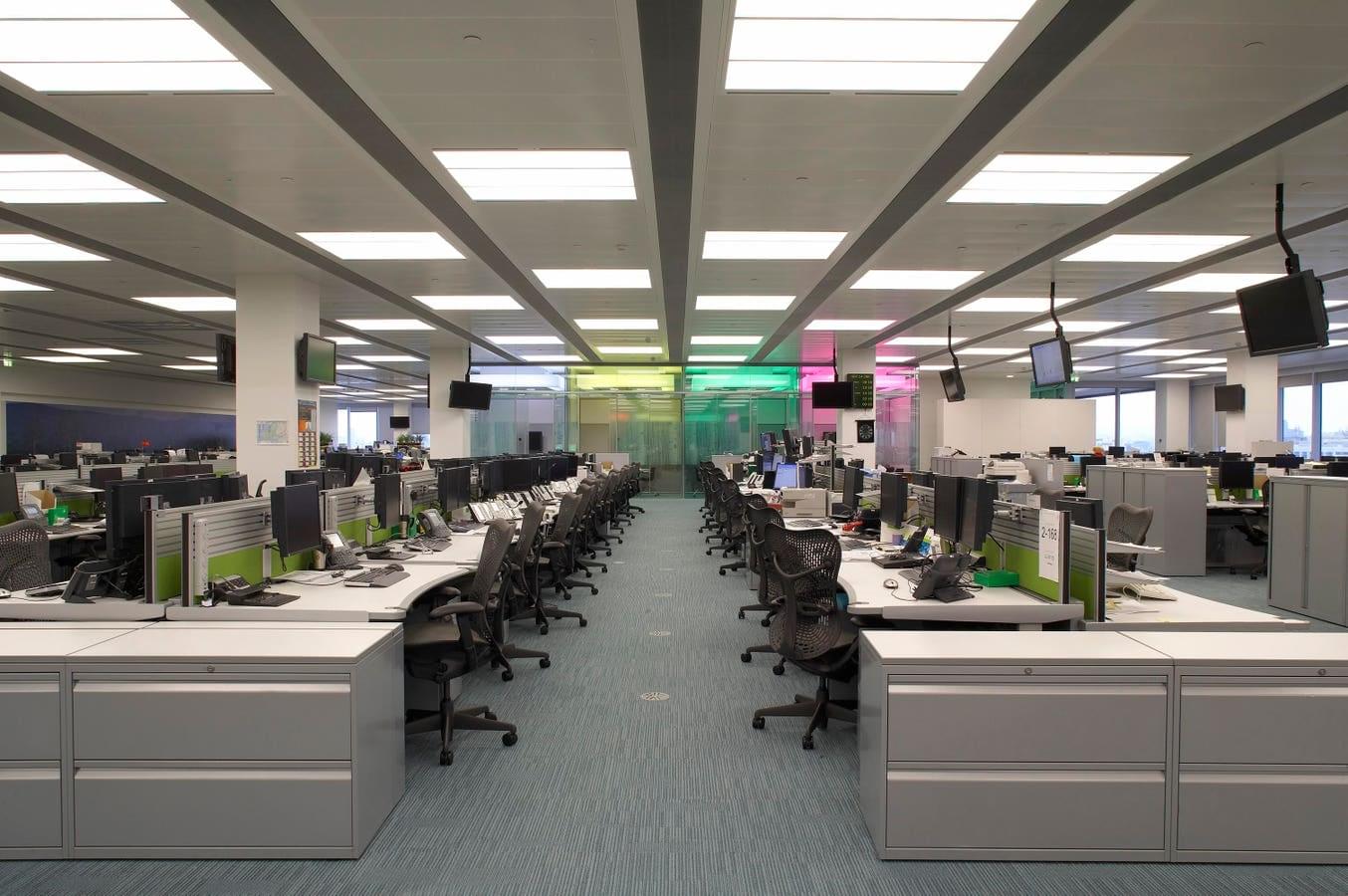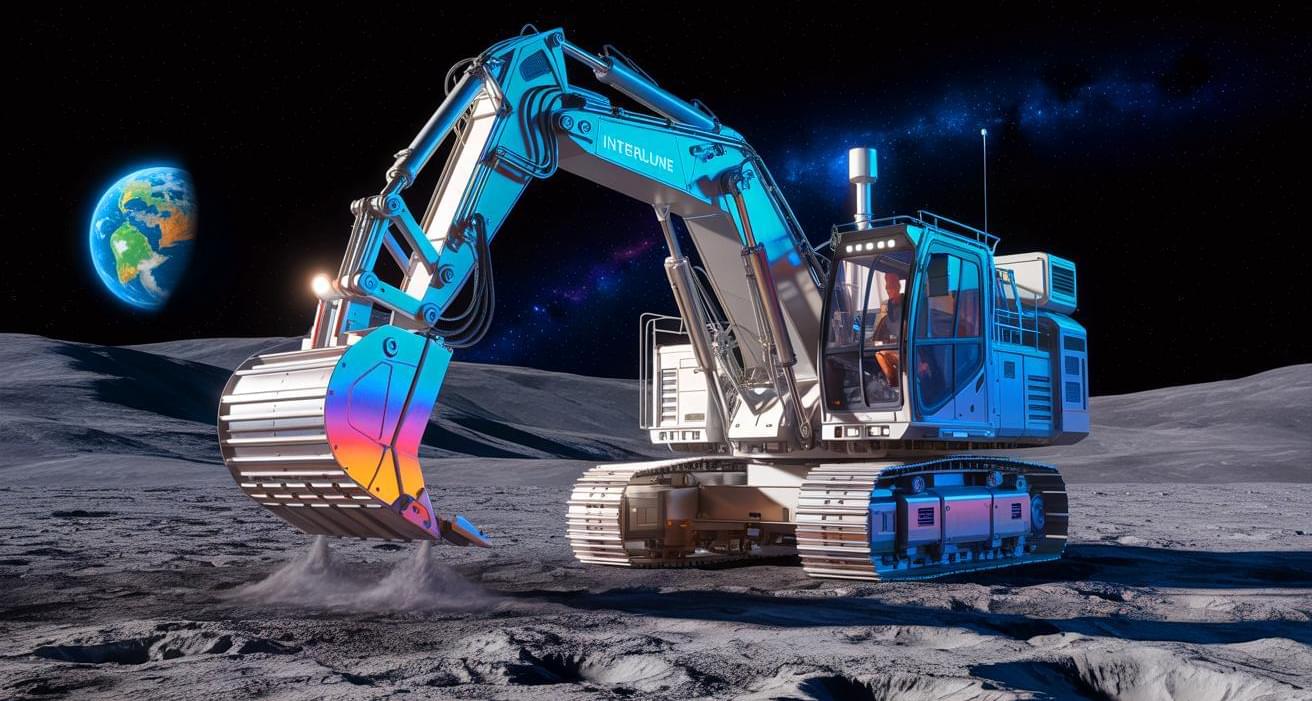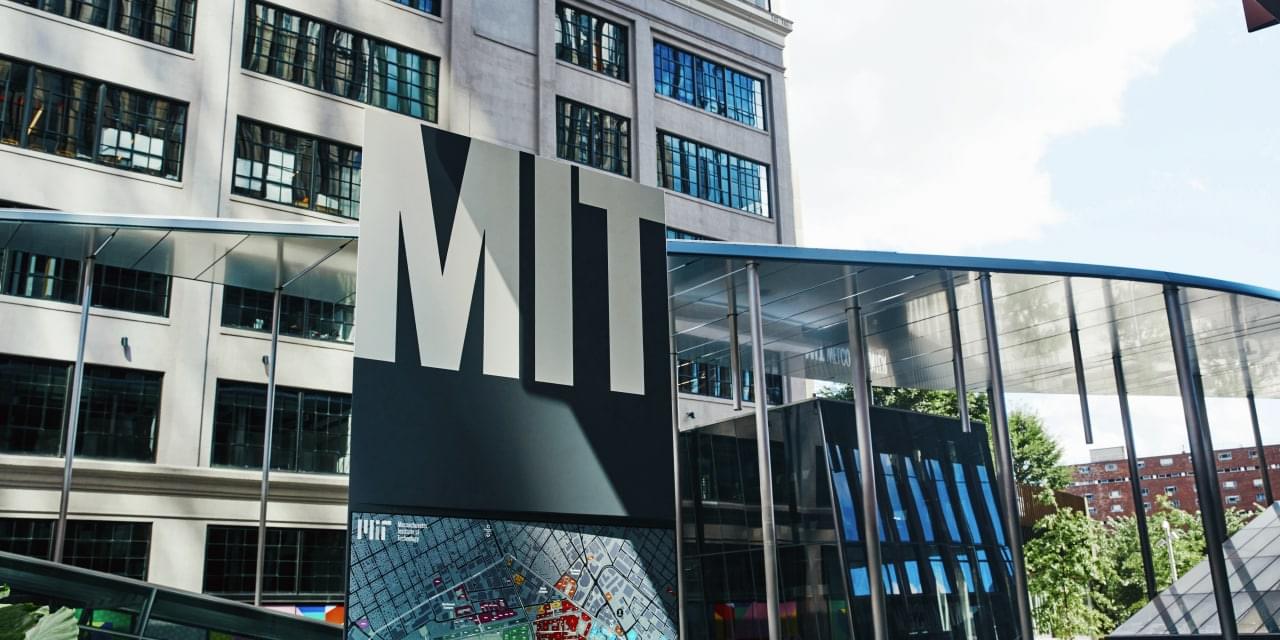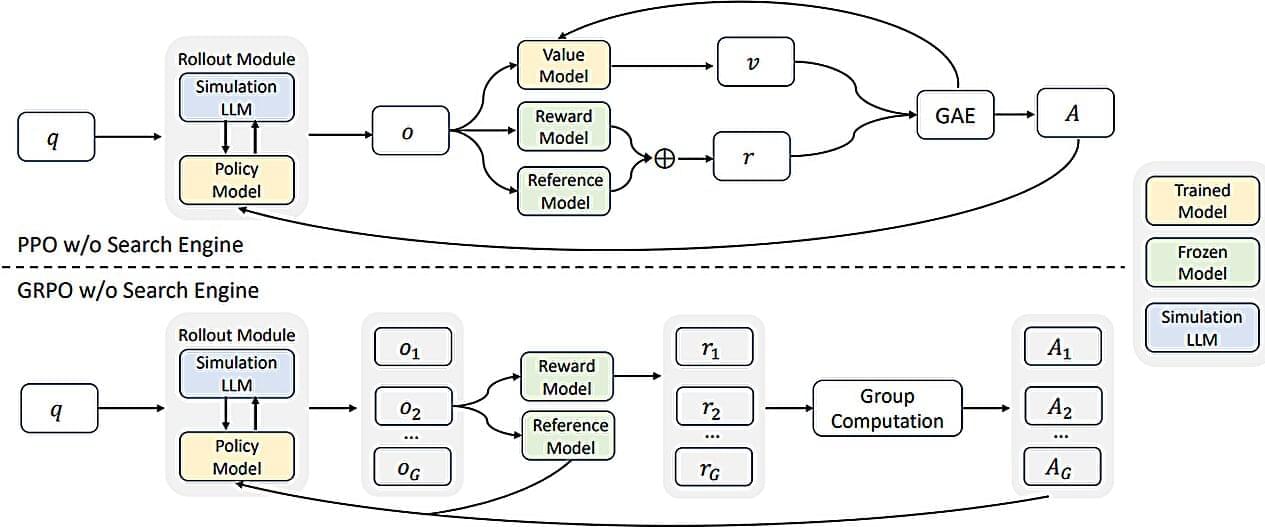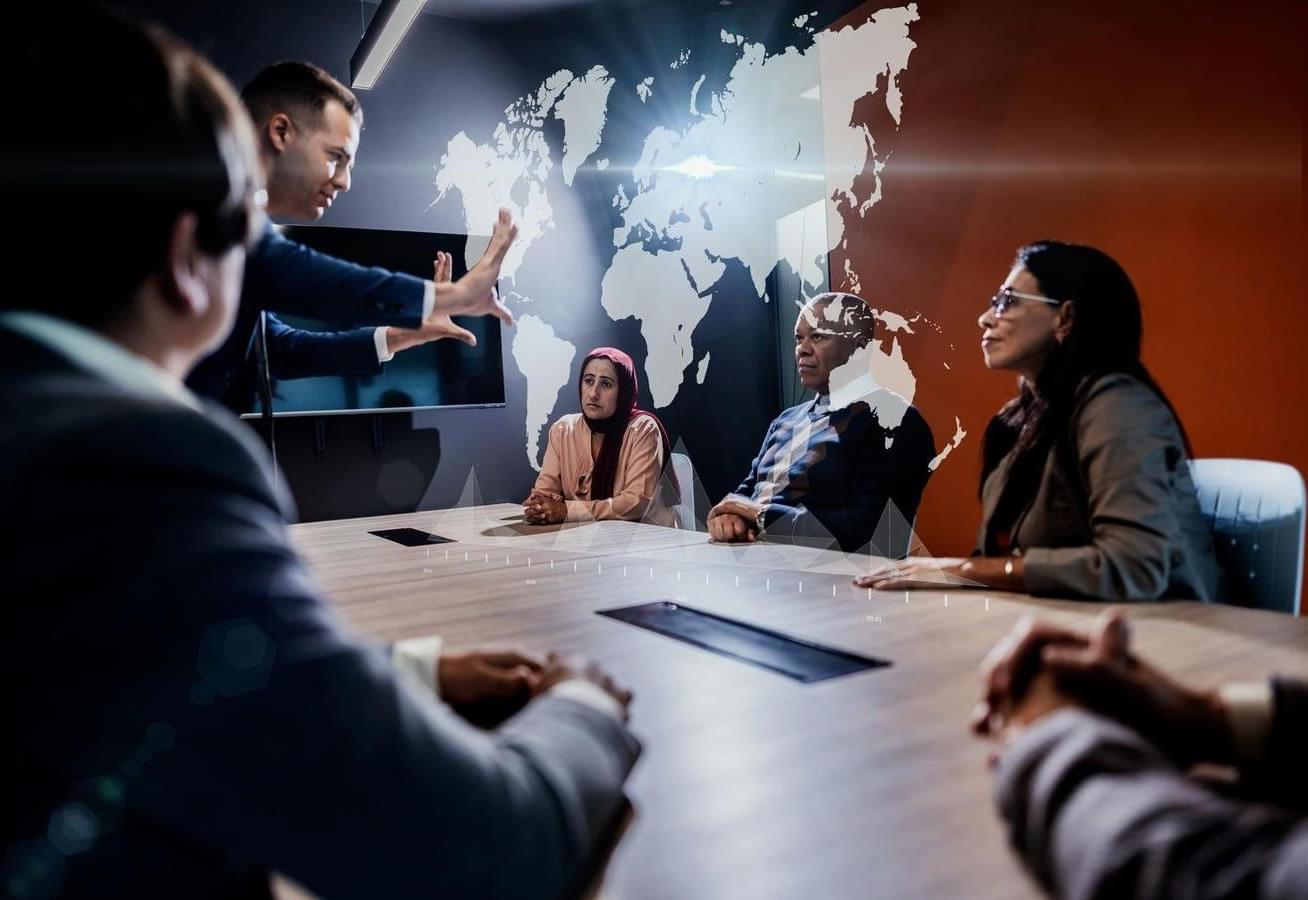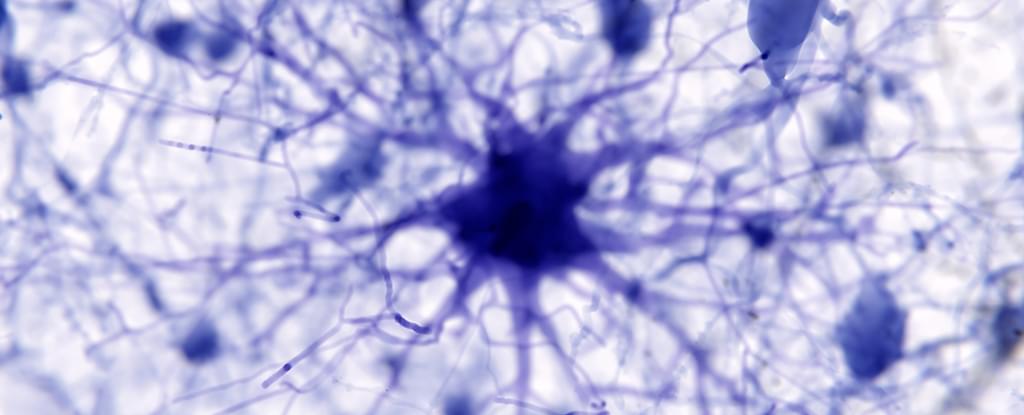Coding is fast, it always has been. What actually takes a lot of time are the processes behind formulating the design structure of application and the time it takes to lay down the logic structures that underpin an application. Then there’s the time needed to perform the testing and debugging of the software, as it moves towards its final state of live production.
The rise of AI-powered coding agents has promised to speed up coding, so the conversation should now focus on what areas of the software application development lifecycle these new automations are actually being brought to bear upon.
The consensus of opinion right now appears to gravitate towards driving coding assistance services towards the lower-level services needed to manage applications, rather than any more cerebral or upper-level ability to create apps themselves. Although this statement is in danger of being obsolete before the end of the current decade, this appears to be where we are right now.
